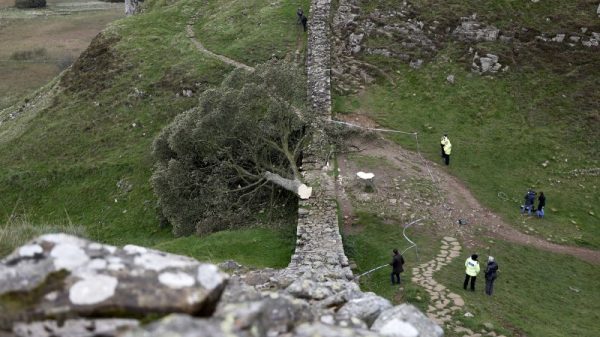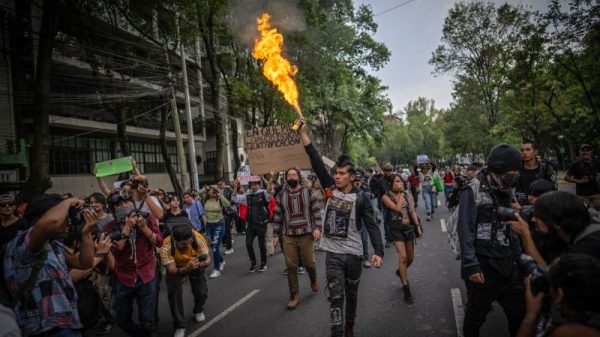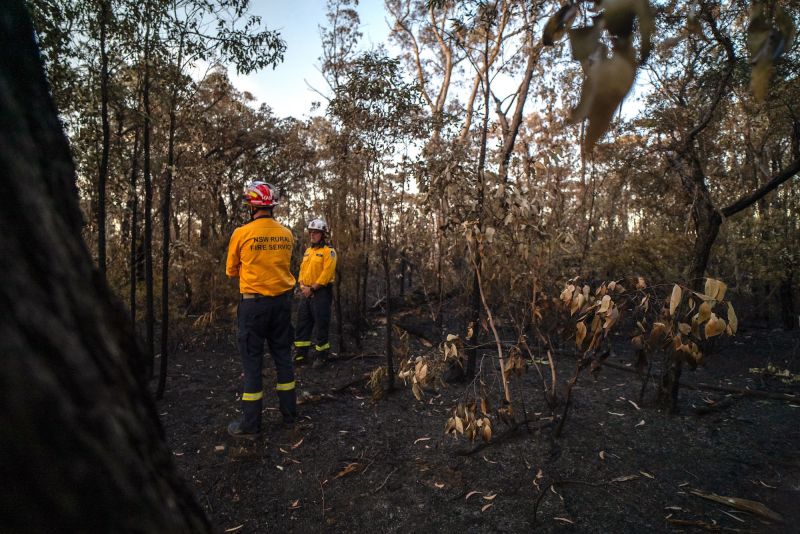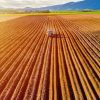It’s only early spring in Australia and the country is already grappling with heat and fire, sparking fears of a potentially devastating summer.
Last weekend, more than 20 runners in the Sydney Marathon were hospitalized during a heat wave. Ski resorts, including Perisher, the country’s largest, have closed early amid a lack of snow after Australia’s warmest winter since records began in 1910.
Then, last week, dozens of bushfires broke out in the country, with more than 60 burning in the densely-populated state of New South Wales.
These are ominous signals for what large parts of the country can expect as spring rolls into summer. The confluence of natural climate phenomena, including El Niño, layered on top of human-caused global warming, is leading scientists to sound the alarm.
Last week, Australia’s Bureau of Meteorology (BOM) announced the official arrival of El Niño, a natural weather pattern originating in the Pacific Ocean that tends to bring hot and dry conditions to Australia, especially eastern parts.
On top of El Niño, there’s another climate fluctuation in the mix that amps up the likelihood of heat and drought. The positive Indian Ocean Dipole is a climate pattern similar to El Niño, but originates in the Indian Ocean, and can have as large an influence on Australian weather.
This “double punch” is “very unfortunate,” Bowman said. And the underlying trend of global heating, as the world continues to burn planet-warming fossil fuels, is further increasing the chances of extreme weather.
“We are already seeing extreme weather conditions in some parts of the continent, particularly in the duration of heat,” as well as “catastrophic” fires, said Karl Braganza, head of climate monitoring at BOM, on a call with reporters Tuesday.
He called on Australians “to prepare for a summer of heat and fire hazards.”
Fears are particularly high as the memories of the 2019 to 2020 Black Summer fire season – the country’s worst in decades – remain etched in Australians’ minds. The fires burned 10 million hectares (24.7 million acres) to the ground, contributed to the deaths of hundreds of people and killed more than a billion animals.
However, conditions are different this year. While the lead-up to the Black Summer fires was characterized by a 3-year period of drought – “whole, vast landscapes were primed to burn for months,” Bowman said – the last few years have been rainy in Australia due to the influence of El Niño’s cooler counterpart, La Niña.
AFAC’s fire outlook issued last month warned of an increased risk of fire across large parts of the country, as plants that grew during the rainier years are drying out fast.
“Sustained heat waves can snap dry landscapes so all that lush vegetation can become tinder in days,” Bowman said. A combination of extreme heat and wind would likely fuel very intense fires “that will seem to come from nowhere,” he added.
As well as fire, Australians can expect heat. “This summer will be hotter than average and certainly hotter than the last three years,” Braganza said.
Temperatures are already breaking local records. On Wednesday, Sydney airport reached 35.9 degrees Celsius (97 Fahrenheit), according to BOM, breaking heat records for September. Sydney’s average September temperature is around 20 degrees Celsius (68 Fahrenheit).
Whether summer heat will be unprecedented remains uncertain.
“Every El Niño is different,” said Andrea Taschetto, an associate professor in climate at the University of New South Wales, making it hard to predict exactly how hot things will get.
But signs point to “a good chance for this summer to be the hottest on record,” she said.
Others are more cautious. Jason Evans, also a climate professor at the University of New South Wales, said that while the abnormally hot winter “does raise concerns about extreme heat this summer,” he thinks the recent rainy years make record-breaking temperatures less likely. But everything depends on how dry the next few months are, he added.
“Climate change is now taking center stage,” Bowman said. “The past is an increasingly unreliable guide for the future. Expect the unexpected.”





























